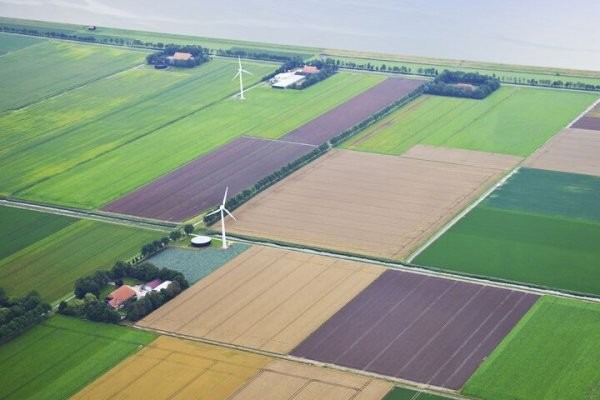On April 24, the AGROS closing event will take place in Wageningen. During this event, the researchers will present the results of the project and share their insights on the transition to a more sustainable future for the agricultural sector.
Dutch agriculture, horticulture, and livestock farming will face major challenges in the coming years. Society demands healthy, sustainably produced products. At the same time, companies face increasingly complex regulations, increased costs, and a lack of qualified personnel. To meet these challenges, the sector must switch to sustainable production systems based on data and intelligence. This is the only way for entrepreneurs to maintain oversight of their system and remain economically viable. In the past few years, the AGROS project has examined how technology can contribute to this transition, and researchers have looked at how different sectors can learn from each other.

Cucumbers grown with artificial intelligence
For horticulture, researchers worked on "autonomous greenhouses" in which cultivation was controlled by intelligent algorithms. A successful validation trial took place last year. "We grew three cucumber crops. One was controlled by a Digital Twin, which independently determined the greenhouse climate, watering strategy, and crop management for four months. In the second greenhouse compartment, the climate was controlled by an AI algorithm based on Reinforcement Learning, which resulted in a well-producing crop. The reference cultivation was controlled by cultivation experts, based on a cultivation plan as is common in practice," says Anja Dieleman, project leader AGROS and researcher at Wageningen University & Research (WUR)'s Glasshouse & Flower Bulbs business unit. The results show that it is already possible to remotely control a crop with intelligent controls. The next step is to collect reliable sensor information and integrate it into the control to replace manual measurements.
Big steps with vision-based applications in open cultivation
In open cultivation, work has been done on topics that contribute to the transition to more sustainable food production. Among other things, great strides have been made in the field of vision-based applications. Jan Kamp, a researcher at WUR's Field Crops business unit and project leader of AGROS Arable Farming: "In the field of weed control, we have shown that the combination of computer vision and AI with spot spray technology can lead to big savings in resource use and/or labor requirements. Detection of diseased seed potato plants is also possible with the same vision technique. This will find its way into arable practice in the coming years." In addition, researchers have shown, for example, that sustainable energy production on arable farm is promising for achieving fossil-free cultivation by using a combination of electric and hydrogen-powered implements. To this end, they have identified several variants.
Sustainability and dairy cattle health can go hand in hand
Important aspects in the transition to sustainable dairy farming are reducing emissions and improving feed efficiency and animal health. AGROS Dairy worked on combining these topics. The researchers expect computer vision to be widely used on dairy farms in the future, for example, to monitor cow health and nutrition. "Great efforts are being made to monitor the emissions of individual cows, for instance, to breed cows that emit less methane. But there is much more in cows' breath than just methane. We have shown that breath also provides information on cows' feed efficiency and could potentially be used to non-invasively detect certain diseases. Efforts to improve the sustainability and health of dairy cattle can go hand in hand," says István Fodor, AGROS Dairy project leader and researcher at Wageningen Livestock Research.
Source: wur.nl
